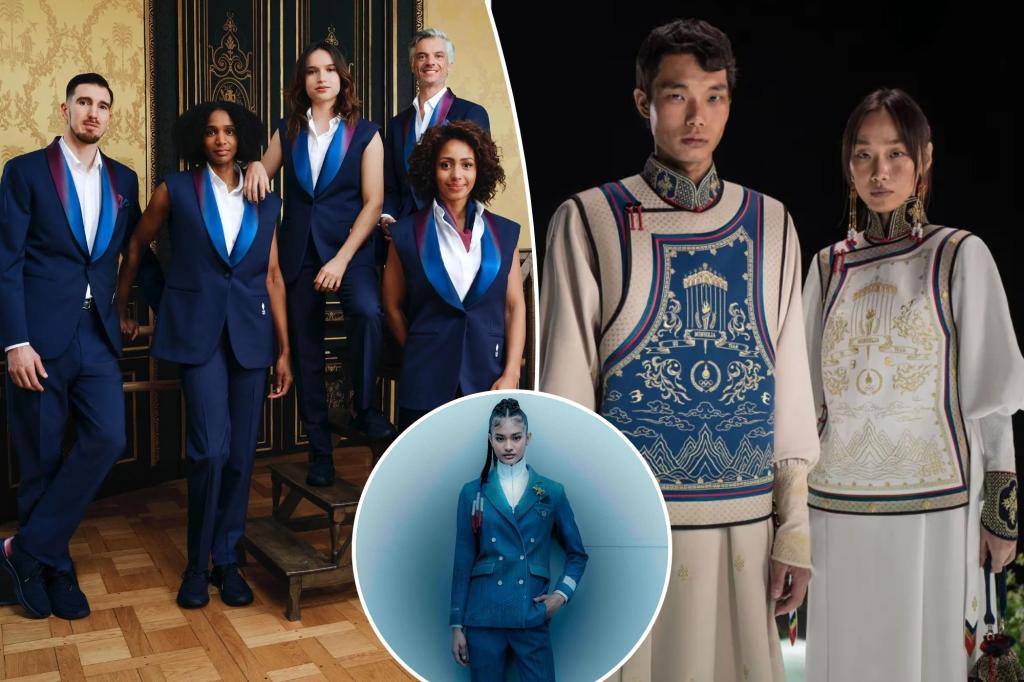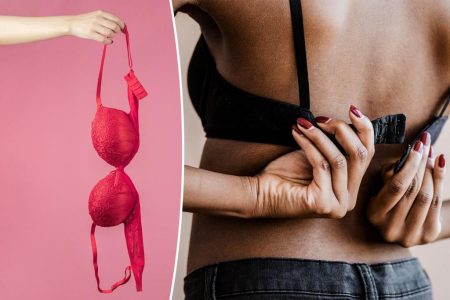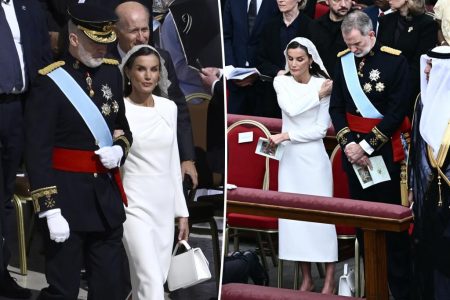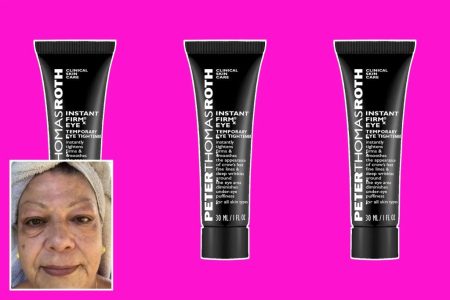The 2024 Paris Olympics are not only a showcase of athletic prowess but also an exhibition of fashion, with each team’s uniform reflecting their respective home countries. Mongolia’s kits, designed by Michel & Amazonka, were inspired by the Naadam Festival and featured gold detailing symbolizing the desire for gold medals. The uniforms, completed in just 12 weeks, also included traditional deels and accessories. Team USA, outfitted by Ralph Lauren, donned classic Americana attire, including blazers and jeans, with the athletes expressing pride in wearing the pieces. For the closing ceremony, they wore more athletic attire with a moto jacket emblazoned with “USA.”
Haiti’s uniforms, created by designer Stella Jean, featured colors inspired by the nation’s flag and traditional elements like the guayabera shirt. The designer faced challenges in sourcing materials but aimed to showcase Haiti positively on the world stage. Team Mexico took a progressive approach with unisex ensembles featuring the Angel de la Independencia monument and symbolic amulets printed on the sleeves. The intentional use of pink aimed to challenge gender norms in fashion. Team France opted for navy two-piece sets by Berluti, reflecting French heritage and elegance. The goal was to establish a strong presence for the French delegation at the Olympics.
Chinese Taipei’s uniforms were a collaborative effort by various individuals with deep roots in Taiwan, aiming to showcase culture, art, and sustainability on the world stage. South Sudan’s basketball team arrived at the opening ceremony in double-breasted black blazers designed by Moshions, earning the title of best-dressed basketball team. Team Philippines’ uniforms, designed by Francis Libiran, featured the traditional white barong embroidered with the country’s flag colors. The athletes wore a silk sling across their chests symbolizing protection and strength.
Overall, the fashion at the 2024 Paris Olympics was a blend of tradition, innovation, and national pride. Each team’s uniform reflected their unique culture and history, creating a visually stunning display on the global stage. From Mongolia’s opulent designs to Team USA’s classic Americana, the fashion choices captivated audiences worldwide. Designers faced challenges in sourcing materials and creating outfits that balanced style with functionality. The use of colors, symbols, and traditional elements in the uniforms added depth and meaning to the athletes’ attire. In the end, the fashion at the Olympics was not just about looking good but also about representing one’s country with pride and honor.















